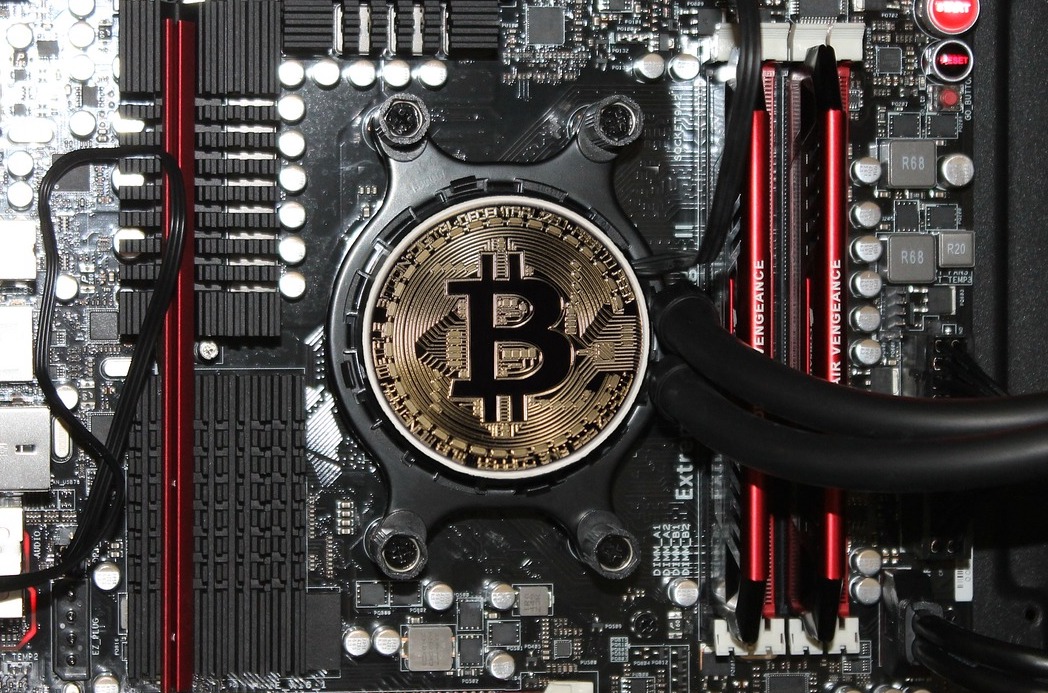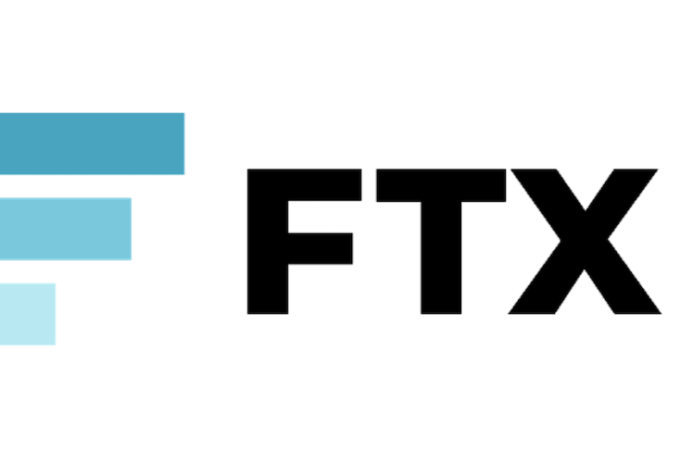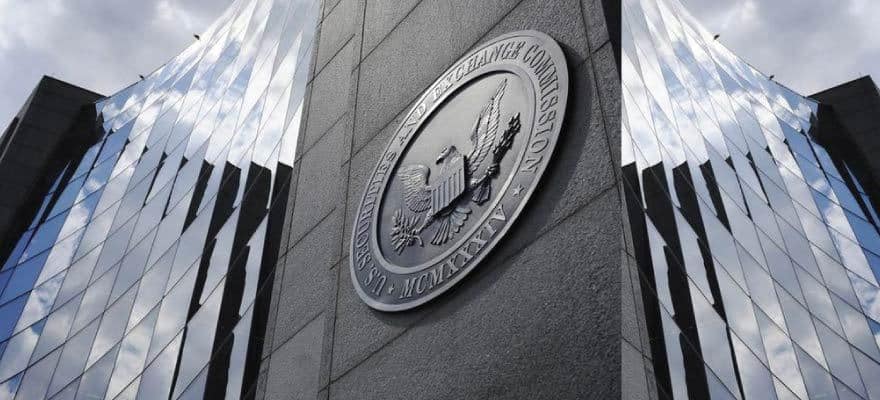
How to Earn with Bitcoin Mining?
With the rise of Bitcoin as a profitable endeavor, many are looking into how to become a Bitcoin miner. There are many things to consider when mining. This article will provide an overview on costs and rewards of Bitcoin mining.
Mining Tools and Costs
Bitcoin SV is built on a consensus algorithm called Proof of Work. Those who can add completed transactions on the Bitcoin blockchain are only the ones with enough physical computing power and time. And enough means a considerable amount of computational energy that can solve a highly complex mathematical problem. Miners compete to solve this equation in order to earn the right to add a new block to the blockchain.
In order to be able to successfully mine Bitcoin, an appropriate facility with custom-built mining equipment called Application Specific Integrated Circuits (ASIC) and a decent cooling system to keep the computers from overheating, as they will be running round the clock are needed. ASIC rigs have specially designed circuits that produce a huge amount of processing power; and they are upgraded annually to keep up with the increasing transactions being processed.
A specialized software is also needed to facilitate the sending of work to external miners and the receiving of completed work from other miners on the network. The program then delivers the data back to the blockchain. The software also allows for monitoring of the workflow. Through the program, miners can also view general information like the temperature, hash rate, fan speed and the median speed of ASIC miners.
Added to these operating costs are overhead costs that include electricity, rent and manpower to run the facility. This should include engineers and technicians with mining expertise—and their salaries could be quite costly. This is what is meant by having enough computational energy. Being a miner is not that simple. Aside from having the financial capacity to set up a facility, miners also need the expertise to be able to turn it into a profitable enterprise.
Block Rewards and Transaction Fees
Miners earn with block rewards in the form of newly minted Bitcoin and fees for every transaction completed. There are 21 million coins that exist on the Bitcoin blockchain and the reward is halved every four years until all 21 million have been issued.
Today, 6.25 coins are awarded for every new block added to the chain. All Bitcoin will be released by 2040. If so, would it still be profitable to mine Bitcoin in the long term? This is answered by the introduction of Bitcoin SV in 2018.
Why Mine Bitcoin SV?
SV stands for Satoshi Vision and Bitcoin SV aims to be true to creator Satoshi Nakamoto’s original plan of making Bitcoin as scalable as possible. This means that each block can hold more transactions than before. While Bitcoin Core (BTC) has a block cap of 1MB and Bitcoin Cash (BCH) has it at 32MB, Bitcoin SV (BSV) has already reached the 128MB block cap and is continuing to upgrade until it achieves its goal of a 1TB cap.
This is a promise that will allow Bitcoin SV miners to earn more in transaction fees for the decades to come. Even when all Bitcoin has been released into the market, miners can continue to earn through a variety of financial and data transactions like payments, token and smart contracts.





